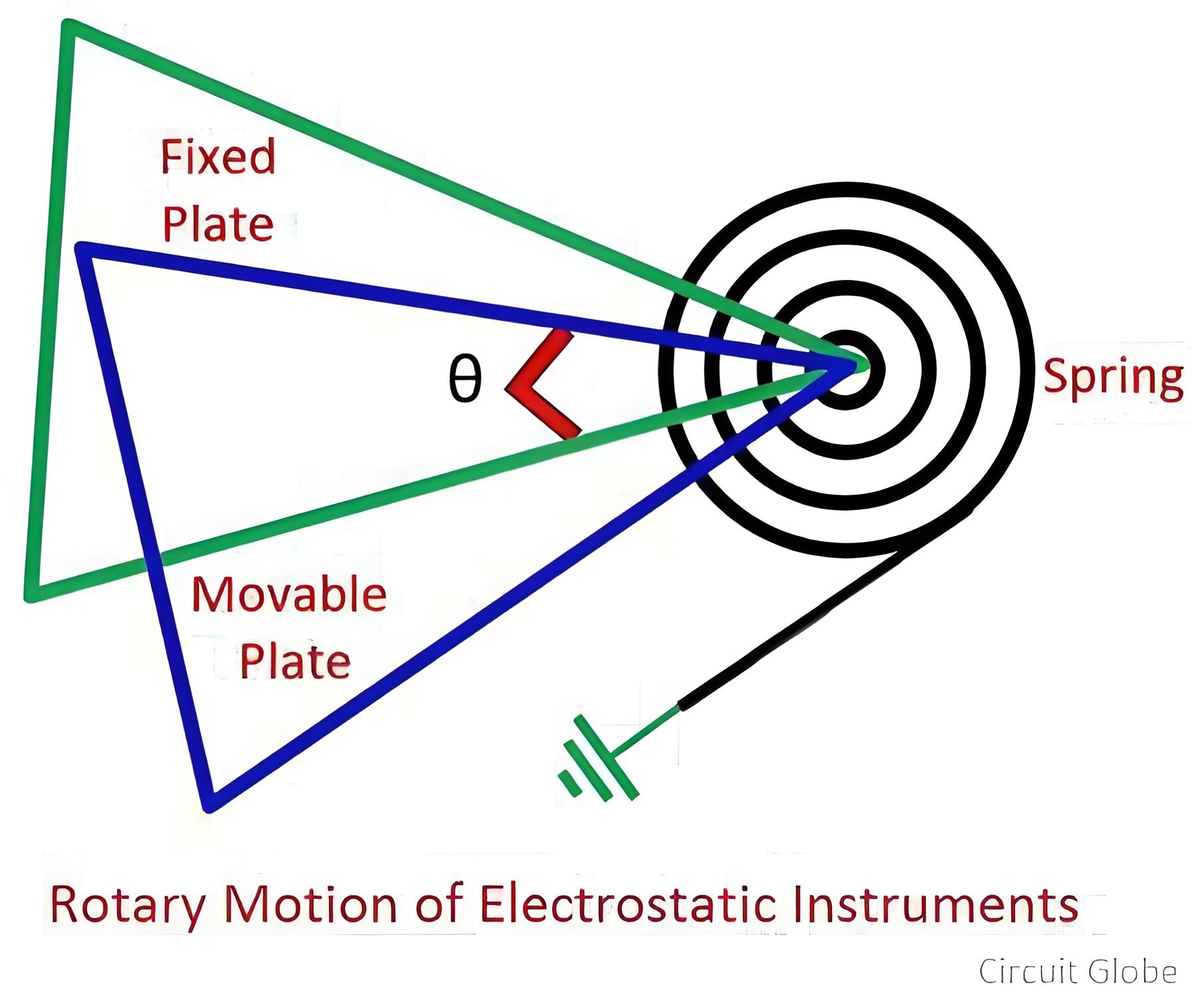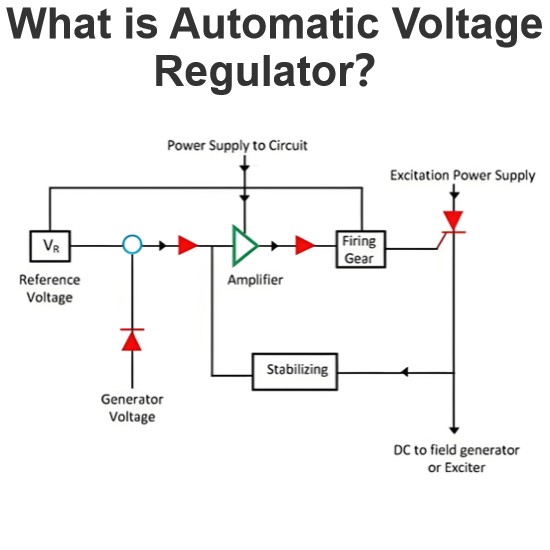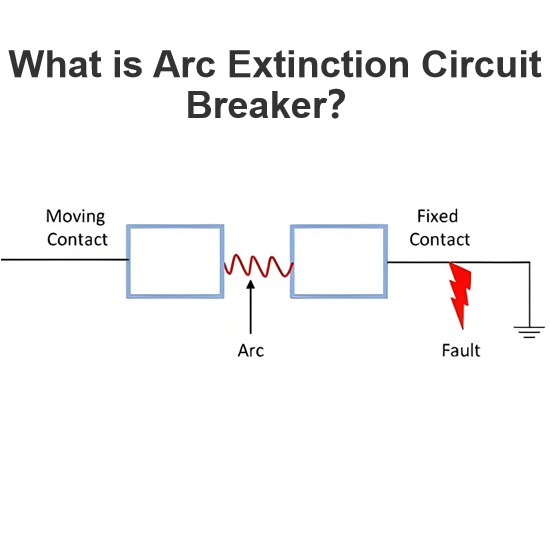Electrostatic Instrument
Definition
An electrostatic instrument is a device whose operation is based on the principle of attraction or repulsion between electrodes carrying electrical charges. In other words, it is an instrument that utilizes the static electric field to generate the deflecting torque. Electrostatic instruments are employed for measuring both high and low voltages, as well as the power in a given circuit.
Working Principle
The electrostatic instrument operates on the principle of mechanical interaction between electrodes with opposite electrical charges. The quantity to be measured by the electrostatic instrument is converted into either AC or DC voltage.
Construction Methods
There are two construction methods for electrostatic instruments:
Plate - type Storage: In this type, charge is stored between plates. The electrostatic instrument has two plates with opposite polarities, and an attractive force exists between them. Due to this force of attraction, the movable plate moves towards the fixed plate to store the maximum electrostatic energy.
Rotary - plate Interaction: In these instruments, forces of attraction or repulsion occur between the rotary plates.
Linear Type Electrostatic Instrument
The figure below depicts a linear electrostatic - type instrument. Plate A acquires a positive charge, while plate B becomes negatively charged. The positively - charged plates are fixed, and the negatively - charged plates are movable. A spring is connected to the negatively - charged plates to control their movement.

When voltage is applied to the plates, an attractive force is induced between them. Plate B attempts to move towards plate A until this force reaches its maximum value. Here, C represents the capacitance (in farads) between the plates, and an expression can be derived to describe the total energy stored between the plates.
Rotary Type Electrostatic Instrument
This kind of instrument is equipped with rotary plates. As the rotary plates move, forces of either attraction or repulsion come into play between them.

Advantages of Electrostatic Instrument
Versatile Voltage Measurement: Electrostatic instruments are capable of measuring both AC and DC voltages.
Low Power Consumption: They consume an extremely small amount of power.
High - Voltage Measurement: These instruments can be used to measure high - value voltages.
Angular Displacement in Rotary Type: In the rotary - type electrostatic instrument, instead of linear displacement, angular displacement occurs between the fixed and moving plates.
Minimal Waveform and Frequency Error: The instrument has a low waveform and frequency error.
Immunity to Stray Magnetic Fields: There is no error caused by stray magnetic fields.
High - Voltage Design: It is designed to handle large voltages.
Disadvantages of Electrostatic - type Instrument
Non - uniform Scale: The instrument uses a non - uniform scale.
Small - Magnitude Forces: The forces involved in the instrument are of very small magnitude.
High Cost: Compared to other instruments, it is quite costly.
Large Size: The size of the instrument is relatively large.
The Electricity Encyclopedia is dedicated to accelerating the dissemination and application of electricity knowledge and adding impetus to the development and innovation of the electricity industry.













